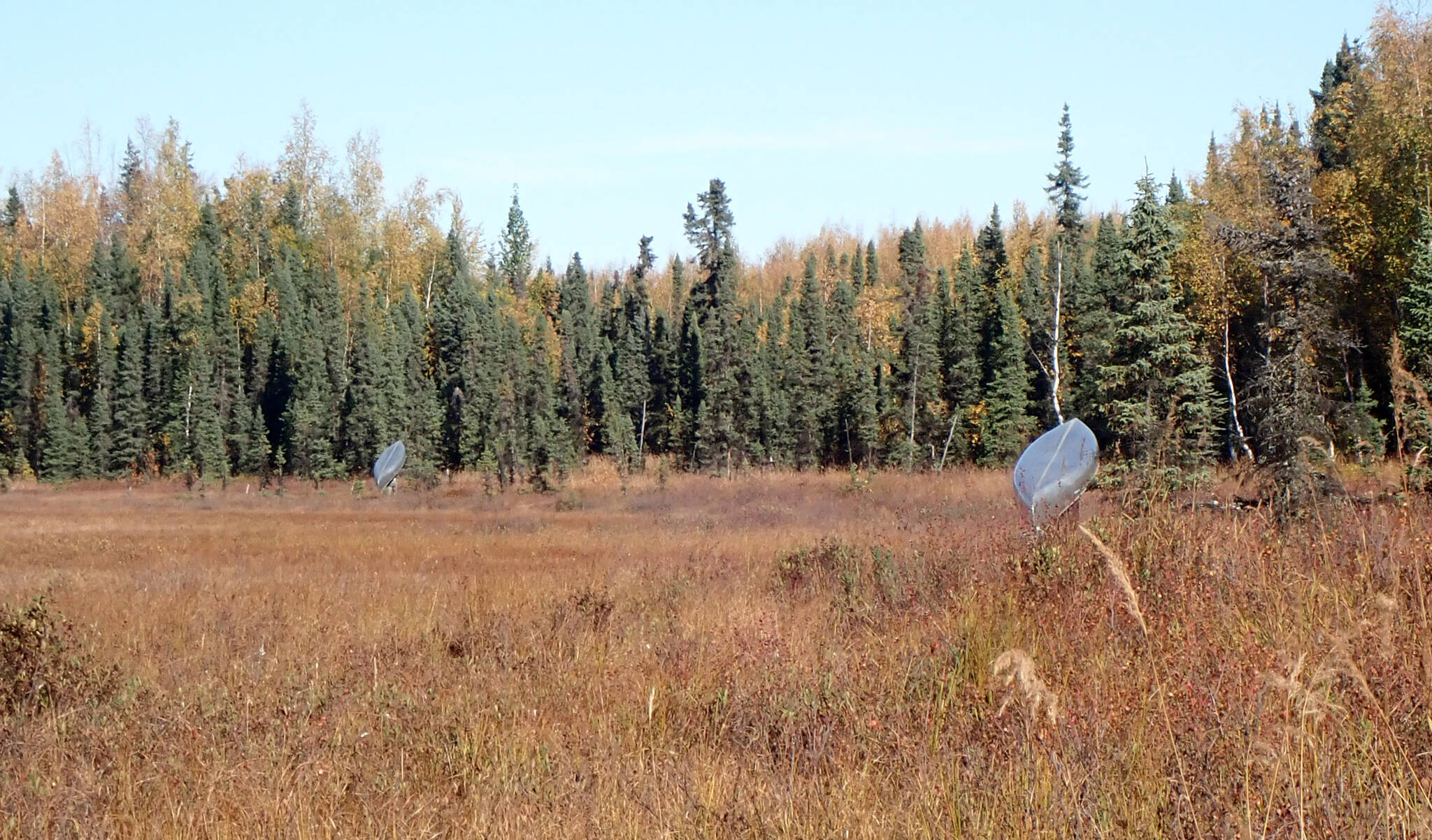A few weeks ago, a mentor, Dr. Maurice Hornocker, reminded a roomful of us why we chose to be wildlife biologists. He captured it all as he spoke of his work on mountain lions, which began in 1964 and continues today.
“We set out to do what many said could not be done, on species where little was known, and where we had the opportunity to understand what we were capable of,” he said.
It exemplifies the experience he afforded my husband and me in a landmark study of wolverines in the Greater Yellowstone. I was pleased to discover that a former and much esteemed Supervisory Biologist on the Kenai National Wildlife Refuge, Dr. Ted Bailey, also worked on a wolverine study for Maurice in Montana, but decades before me.
He and his young family later spent a few memorable years in Africa, where Ted would study leopards for Dr. Hornocker before coming to Alaska.
Maurice embodied this belief that follows those careers he touched. It is not surprising to read in Dr. Bailey’s November 2014 Refuge Notebook article that he had “a career he never thought possible.”
As this summer season wrapped up on the refuge, and I reflect back, I am certain the biology field crews had the opportunity to experience the same.
Yesterday was the last day of the summer season for one crew, and the day was met with a hive of activity as they prepared to set out for the day. A hum of anticipation and excitement was almost palatable — knowing the day would bring unknown experiences.
As they loaded the trucks with gear, others from the biology team arrived for the day. Today wasn’t their day in the field but a day to catch up on paperwork and planning.
Still, they and I walked amongst the departing crew, discussing the upcoming activities, participating and adding to the excitement before heading into the office to catch up on paperwork and planning.
The day was met with blue skies, crisp air and golden leaves, a welcome deviation from one of the wettest and cloudiest summers on record.
The weather and other challenges thwarted the original summer plan to access remote lakes by plane. Instead, access changed to long bushwhacking hikes carrying a canoe or packraft to somewhat accessible lakes and redefining the term “portage.”
They looked for Elodea, a live plant used in tropical fish tanks that turns invasive when dumped into lakes and catches a ride on the floats of planes to unintentionally spread to other lakes.
Northern pike was also on the survey list. While native to Interior Alaska, the fish are not native to the Kenai Peninsula and can decimate salmon populations.
Another crew would navigate steep slopes as rain poured down, adding slick rocks and downed trees to an already intense effort of navigating mountainous terrain. They matched physical tenacity with the mental challenge of learning to identify alpine vegetation to understand if wildfire improves nutritional conditions for Dall sheep.
Earlier, they looked at changes in the snow using a combination of old tools — snow probes — and new tools — aerial images. To estimate snow depth, we will compare aerial photos collected in the winter and later when the snow is absent. Done periodically, we can track changes over time.
By the end of this field season, the field teams surveyed the most lakes surveyed in a single season for non-native aquatic invasives. Using new technologies, they collected water samples to find fish environmental DNA. Using old technology, they threw rakes to catch vegetation. None of the lakes surveyed had invasive Elodea or northern pike present.
We conducted six times as many vegetation surveys in the alpine to track changes in types and amounts of vegetation following the 2019 Swan Lake Fire. For the first time on the refuge, feces were sent to a lab to identify plants from DNA and determine the difference in sheep’s diet within and outside the fire.
We fitted 10 more mountain goats with radio collars, and with each break in the weather, we conducted our first year of mark-resight surveys to estimate population size.
Over 150 hummingbirds were carefully captured and banded, 20 of which returned from previous years. The late arrival of summer flowers was evident by the lack of leg swelling in female rufous hummingbirds when incubating eggs.
Tens of thousands of remote camera videos and photos were processed with the aid of artificial intelligence technology to detect animal species in each clip. These images document use of wildlife crossing structures to reduce wildlife-vehicle collisions on the Sterling Highway, noninvasively track trends in wildlife populations, and inspire and share the value of this place through information and outreach.
As we move into fall and winter, we shift into the less glamorous but essential task of analyzing and reporting on data collected during the summer. By spring, we will prepare for a new season of field crews, seeing the return of some old faces and welcoming new members to the team.
Each will arrive with that inexplicable desire to experience and achieve something worth doing that others thought impossible.
Kris Inman is the Supervisory Wildlife Biologist at the Kenai National Wildlife Refuge. You can find more information on the Refuge at http://kenai.fws.gov or http://www.facebook.com/kenainationalwildliferefuge. Find past Refuge Notebook articles (1999–present) at https://www.fws.gov/kenai-refuge-notebook.

